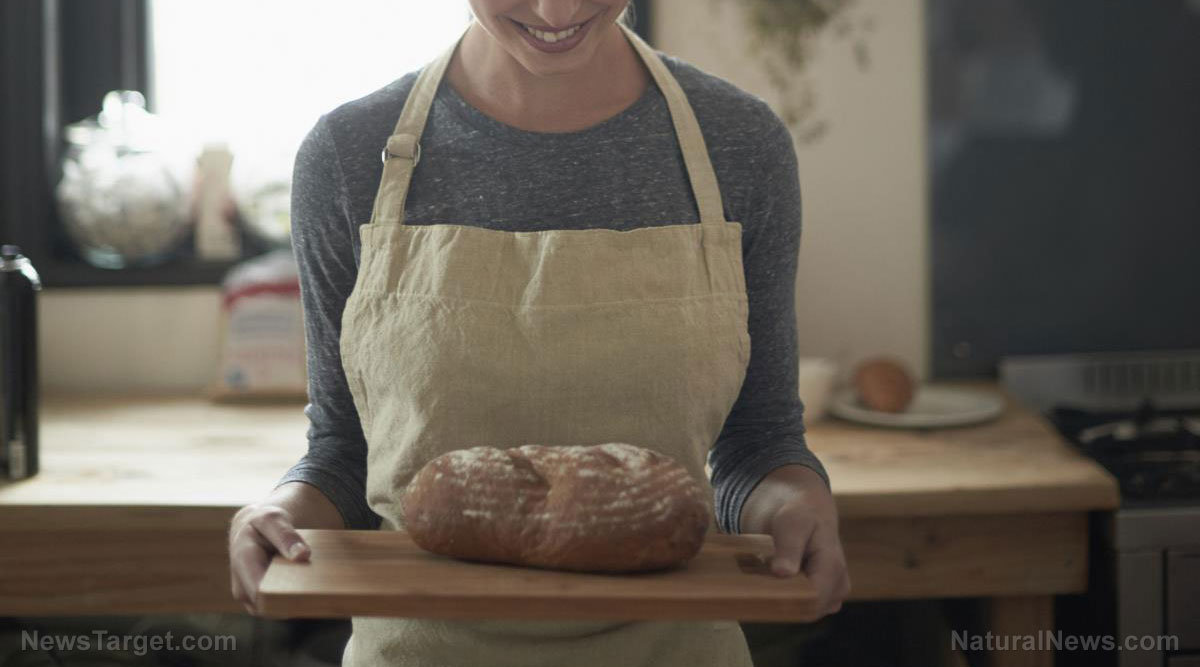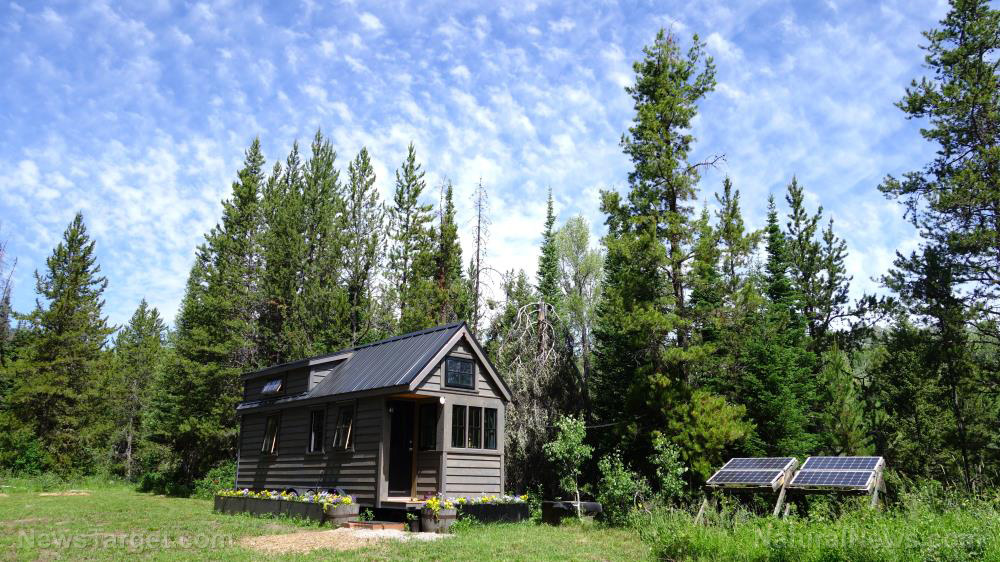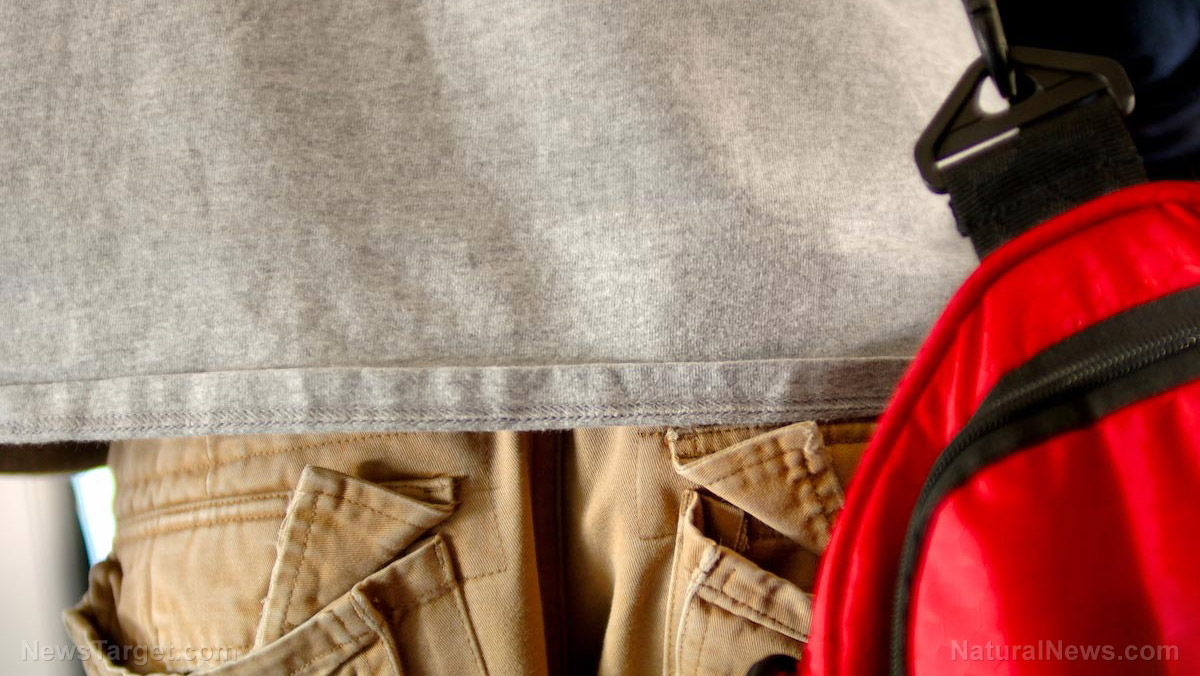What are bump keys and why do you need them?
11/19/2019 / By Grace Olson

A smart prepper knows that a locked door doesn’t guarantee total safety. For a person who knows how to pick locks, this is only a minor obstacle.
Lock-picking is commonly associated with criminal activity, but it’s a useful survival skill. Here are some scenarios where lock-picking skills may come in handy:
- If you’re locked out of the house
- When a neighbor forgets his/her keys and asks for help
- If you’re trapped inside a locked room
- If a criminal locks you inside a room
- To free someone trapped inside a room
Despite its usefulness, not everyone has a lock-picking set they can use. In fact, some countries (like Japan) outright ban them. If you want to learn this prepping skill, you can use a bump key. They’re easy to use, and you can make one yourself. (h/t to UKSurvivalGuides.com)
What is a bump key?
A bump key refers to a key whose ridges are cut to the maximum depth (999). Sometimes called a “999 key,” the low ridges make it possible to pick pin-tumbler locks, which are the most widely used locks in the world, including household doors. With a bit of maneuvering, a bump key allows the holder to pick the lock open.
Bump keys are different for each manufacturer. For example, if you have a Yale lock, you need to use a Yale key for a bump key. It’s best to prepare a set of bump keys from the most common brands of locks, like Kwikset and Yale.
How to use a bump key
When you use a bump key to gain entry, it’s called “bumping.” The most common way of using it is the “pull-back method.” In this method, the holder lightly taps a bump key in order to jar the pins inside the lock. This causes the pins to jump slightly for a second, allowing you to turn the lock.
How to do the pull-back method:
- Insert the bump key all the way in;
- Pull the key out by one notch;
- Tap the key into the keyway with the heel of your hand or any hammering device; and
- As you “bump” the key, maintain rotational pressure.
Another way to use the bump key is called the “minimal movement.” It follows the mechanics of the pull-back method with small differences. In this method, you file 0.25 to 0.5 mm of the key tip and shoulder. This allows you to insert the key deeper and have more leeway with the lock.
How to make your own bump key
There are bump keys you can buy, but as a prepper, it’s best to learn how to make one yourself. You can practice using your old keys. Follow the instructions below to make your own bump key:
- Get an old key or a blank key. Use an extra key to your house if you want to practice on your door.
- Figure out the distance between the pins in each key. The pins refer to the pointy tips of the keys. If you’re not sure, slide the key into a lock. For every click, there’s a pin.
- Mark where the pins are placed.
- Draw small triangles along the maximum depth. They should perfectly align with the pins.
- Using a triangular file, scrape away the excess metal until you reach the triangles. If done right, the first pin should start at the very end of the key.
How to protect your home from bumping
At this point, you must have realized that your own house is vulnerable to bumping. Aside from being an advantageous skill when SHTF, knowing how to pick locks helps you set up precautions against them. Here are some ways to protect your home from bumping:
Buy bump-proof locks
Common locks have keys and pin-tumbler systems, which make them prone to bumping. Companies have tried improving their designs by adding features that reduce risks in bumping, but they are not foolproof.
Bump-proof locks are expensive, but they offer a lot of security. If you can’t afford one, ask a locksmith to replace the original pointed pins with mushroom-shaped ones. It may not be foolproof, but it makes the lock harder to bump.
Set up other security measures
The simplest way to improve your home security is to add other security measures. It can be big additions like a CCTV system with a camera facing your door. It can also be something small, like additional locks.
Bumping is a skill with advantages and disadvantages. With the right use, it can help others. If used by the wrong hands, it’s best to be prepared for them. Learn more about setting up security measures in your home at Homesteading.news.
Sources include:
Tagged Under: bump keys, DIY, home security, homesteading, how-to, lock picking, locked doors, locks, preparedness, prepping, safety measures, SHTF, survival, survival skills
RECENT NEWS & ARTICLES
Homesteading.News is a fact-based public education website published by Homesteading News Features, LLC.
All content copyright © 2018 by Homesteading News Features, LLC.
Contact Us with Tips or Corrections
All trademarks, registered trademarks and servicemarks mentioned on this site are the property of their respective owners.


















